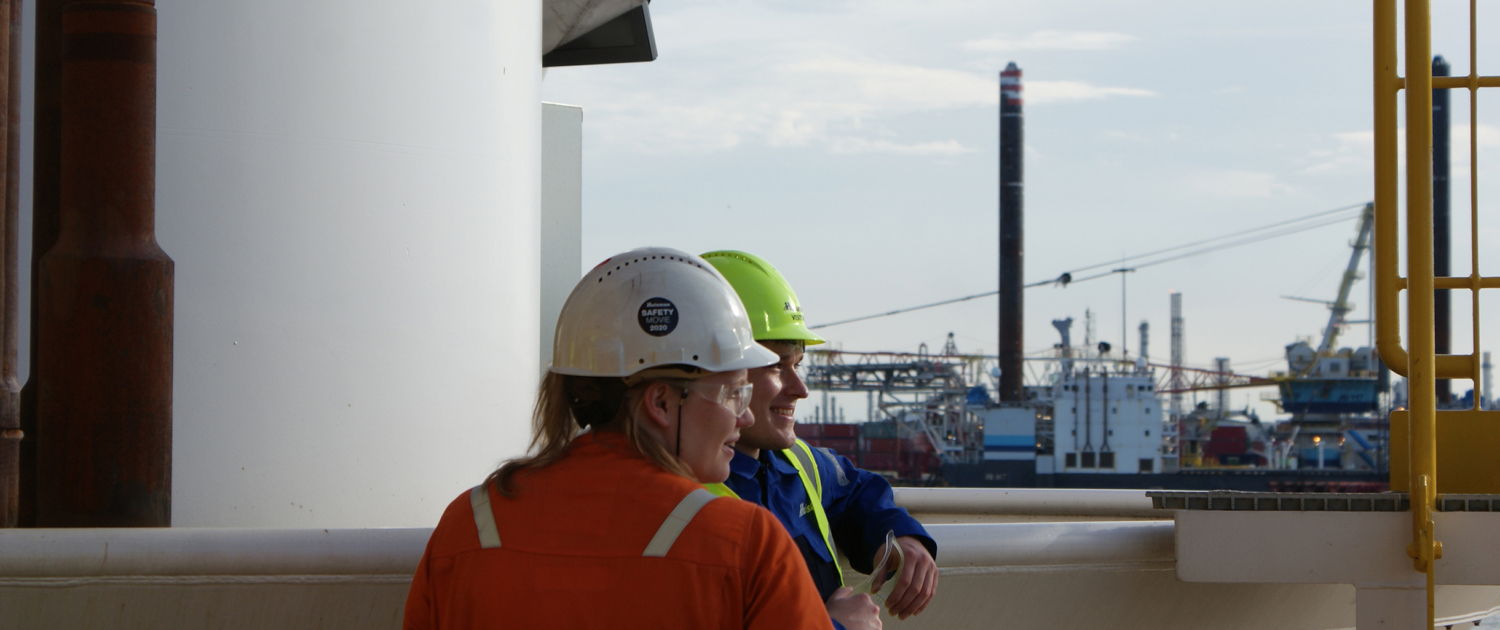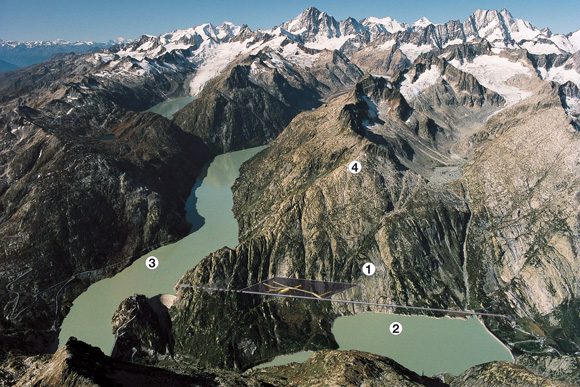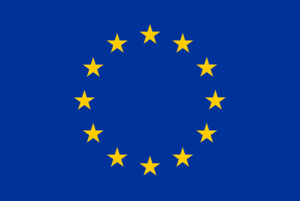Large Infrastructure
Unique large-scale infrastructure will be available for EASYGO, feeding the research and training programme with the installation and testing operations of different geothermal wells.
DAPwell in the Netherlands
The Delft Aardwarmte (Geothermal) Project well, known as DAPwell, is a research geothermal doublet that will be drilled in 2020. The project will operate to provide heat for the TU Delft campus and surrounding areas, and to provide for a significant amount of research and education. The well has secured €7M for research infrastructure through the NWO Large-scale Research Infrastructure grant EPOS-NL. The project is a hydrothermal direct-use geothermal project, targeting the Delft sandstone at ~2.2 km depth. Over 500 m of cores will be taken, 2 fibre-optic cables with thermal, pressure and acoustic sensing will be installed. A comprehensive wireline logging campaign will take place, with selected logs at regular periods over the lifetime. Surface seismic monitoring will take place via several borehole arrays. A micro-CT core scanner will be used to investigate the microstructure of the cores. The project is expected to last over 30 years and data will be made publicly available via the EPOS data services.
Grimsel Test Site in Switzerland
The Grimsel Test Site (GTS) located in the Swiss Alps was established in 1984 as a centre for underground Research and Development (R&D) supporting a wide range of research projects on the geological disposal of radioactive waste. The GTS provides an environment analogous to a repository site, so allowing the development and testing of equipment, methodology and models under fully realistic conditions. International partners from Europe, Asia and North America are working together at this unique facility. Besides conducting radioactive-waste research, GTS offers excellent opportunities to study processes associated with Enhanced Geothermal Systems.
GTS is operated by Nagra, the Swiss cooperative for storage of radioactive waste. ETH Zurich is part of the GTS International Steering Committee (ISCO) and has access to the facilities.
Mont Terri Rock Laboratory in Switzerland
The Mont Terri Project is an international research project for the hydrogeological, geochemical, and geotechnical characterisation of a clay formation (Opalinus Clay). Clay formations are considered in various countries for the deep geological disposal of radioactive waste.
The Mont Terri Rock Laboratory is operated by Swisstopo. Since 2019, ETH Zurich is partner of the Mont Terri consortium and can access the facilities.
Bedretto Underground Laboratory in Switzerland
In the “Bedretto Underground Laboratory for Geoenergies” (BULG), ETH Zurich studies, in close collaboration with national and international partners, techniques and procedures for a safe, efficient, and sustainable use of geothermal heat. To this aim, a unique research infrastructure has been established. It is located 1.5 km below the surface in the middle of a 5.2-km-long tunnel connecting the Tessin with the Furka tunnel.
The laboratory tunnel is owned by Matterhorn-Gotthard Bahn. ETH Zurich set up the laboratory and operates it.
Turboden Power Plant
The binary plants built by Turboden in Germany are located in Munich area, are aimed at either power generation or power and heat generation. All plants are custom made, exploiting geothermal fluid at a temperature comprised in the range 118°C -152°C. They represent an exceptional opportunity to gain experience in power plant operation.
TRUDI Underground Laboratory in Germany
The TRUDI underground laboratory is a real-world laboratory for the exploration and large-scale development of the hydrothermal potential in the Ruhr area, which is the former hard coal district in western Germany. It is located in the 50 km2 “Zukunftsenergie” (future energy) field in the south of the city of Bochum.
Some of the underground infrastructure in the TRUDI laboratory and area:
- Observatory (seismic, hydraulic, hydrochemical, thermal)
- Fraunhofer IEG – in-situ laboratory and drilling test field (IEG Campus)
- Markgraf 2 mine (high-temperature storage facility, IEG campus)
In TRUDI, some of the experiments that are currently being conducted or prepared are:
- 500 m GECO (NCG / CO2 circulation)
- 300 – 1000 m GRUBO – mine water storage & heating network 4.0
- 1500 m DeepGeothermal-Rollout & Exploration (Carboniferous; in preparation)
- 4000 – 5000 m circulation tests (Devonian; in preparation)
IEG-Weisweiler Research Laboratory for Deep Geothermal Energy
The Research Laboratory for Deep Geothermal Energy Rhineland at the Weisweiler Power Plant is a laboratory for the exploration and development of the Devonian and Lower Carboniferous limestones, which are considered one of the largest European reservoirs for potential hydrothermal uses.
IEG establishes the Rhineland Deep Geothermal Energy Research Laboratory in cooperation with RWTH Aachen University in the vicinity of the Weisweiler power plant site. Based on a 1000 m deep research borehole and observatory, a deep geothermal energy project for the district heating supply of Aachen is to be developed.
The IEG Research Laboratory Deep Geothermal Energy Rhineland will deal, among other aspects, with
- Environmental compatibility and geo risks,
- Technology and materials for geothermal power, heat and cold production, and
- Geotechnical solutions for the subsequent use of open-cast mining regions.
Aachen well RWTH-1
In 2004 the final depth of the Aachen well RWTH-1 of 2,544 meters was reached. Accompanying research is conducted by geoscientific institutes of the RWTH Aachen University and the Federal Geological Service. In the outer steel pipe of the probe cold water flow into the depths, is warmed until it reaches the lowest point and is returned through an insulated inner pipe to the surface. The SuperC building is supplied with warm water of 70°C via collectors, ceiling and floor heating systems (Cascade System). In summer times the thermal power of the bore hole ensures the cooling of SuperC by the utilistion by an adsorption chiller. Approximately 80% of the heating and cooling demand are projected to be supplied by the geothermal gain, corresponding to 200 one-family houses.




 This project has received funding from the European Union’s Horizon 2020 research and innovati
This project has received funding from the European Union’s Horizon 2020 research and innovati